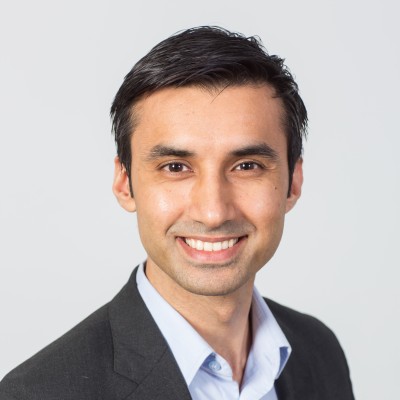- Video Library
- Jayiesh Singh, Able Innovations - Patient Transfer Device | LSI USA '24
Jayiesh Singh, Able Innovations - Patient Transfer Device | LSI USA '24

Jayiesh Singh
I am very passionate about achieving positive social impact through scalable and cutting edge technology.
I founded Able Innovations with a goal to improve the quality of life, and restore dignity, for the most vulnerable members of our society- our older adults, our front line staff and individuals with mobility needs. My experience in working in the Solar Industry and developing complex, robotic systems at scale in a high quality/low cost regime directly translates to the products being developed at Able. I have also assisted numerous start-ups and established companies through Envest Product Development.
Jayiesh Singh
I am very passionate about achieving positive social impact through scalable and cutting edge technology.
I founded Able Innovations with a goal to improve the quality of life, and restore dignity, for the most vulnerable members of our society- our older adults, our front line staff and individuals with mobility needs. My experience in working in the Solar Industry and developing complex, robotic systems at scale in a high quality/low cost regime directly translates to the products being developed at Able. I have also assisted numerous start-ups and established companies through Envest Product Development.

17011 Beach Blvd, Suite 500 Huntington Beach, CA 92647
714-847-3540© 2025 Life Science Intelligence, Inc., All Rights Reserved. | Privacy Policy







